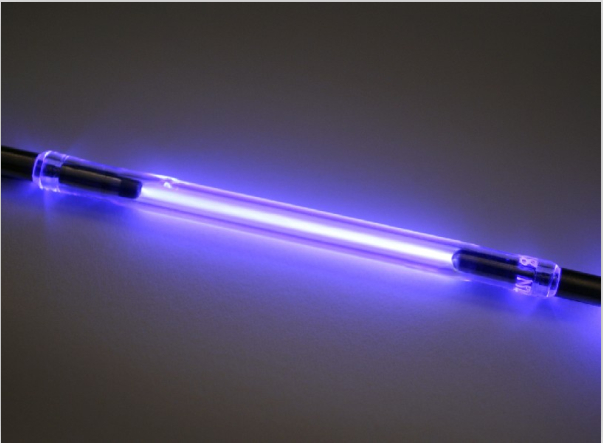How does line emission spectrum work?
1 Answer
The emission of photons through electronic relaxations in atoms produces a line emission spectrum.
Explanation:
Each element has a specific set of energy levels, or allowed quantities of energy that electrons can absorb. Take for example an element, which will be named X.
This hypothetical element shall have 4 energy levels.
#oo# = 0eV
1 = -2eV
2 = -5eV
3 = -12eV
4 = -20eV (ground state)
The electrons have a ground state which is the lowest energy level it can have. These electrons can absorb different amounts of energy levels in different ways, i.e. heat or photons (light).
If for example, element X is in its ground state and is supplied with 16eV of energy, it can only jump to energy level 2, and the remaining 1 eV is emitted as heat. By jumping up energy level, they enter what is known as an 'excited state'.
However, they do not stay in excited states for long. Eventually, it will jump from one energy to another, releasing that specific amount of energy.
Light can act as waves or as particles. Its particle form is called a photon, which has a specific amount of energy
#E = hf# ,where
#h# is Planck's constant, or#6.626*10^(-34) "J s"# .This equation will give the frequency of the emitted light, and therefore its colour, or wave type on the EM spectrum.
(Note: in the example shown, a jump from energy level 1
A common method to examine this is to use an electric lamp (I don't the exact name), where a tube of gas is connected to a device where electricity is passed through, giving the electrons energy. What would be produced is a mixture of light, due to different jumps in energy levels.

A diffraction grating can then be used to view the light, and see the individual colours, each colour has a different wavelength, and therefore will be diffracted at different angles.


